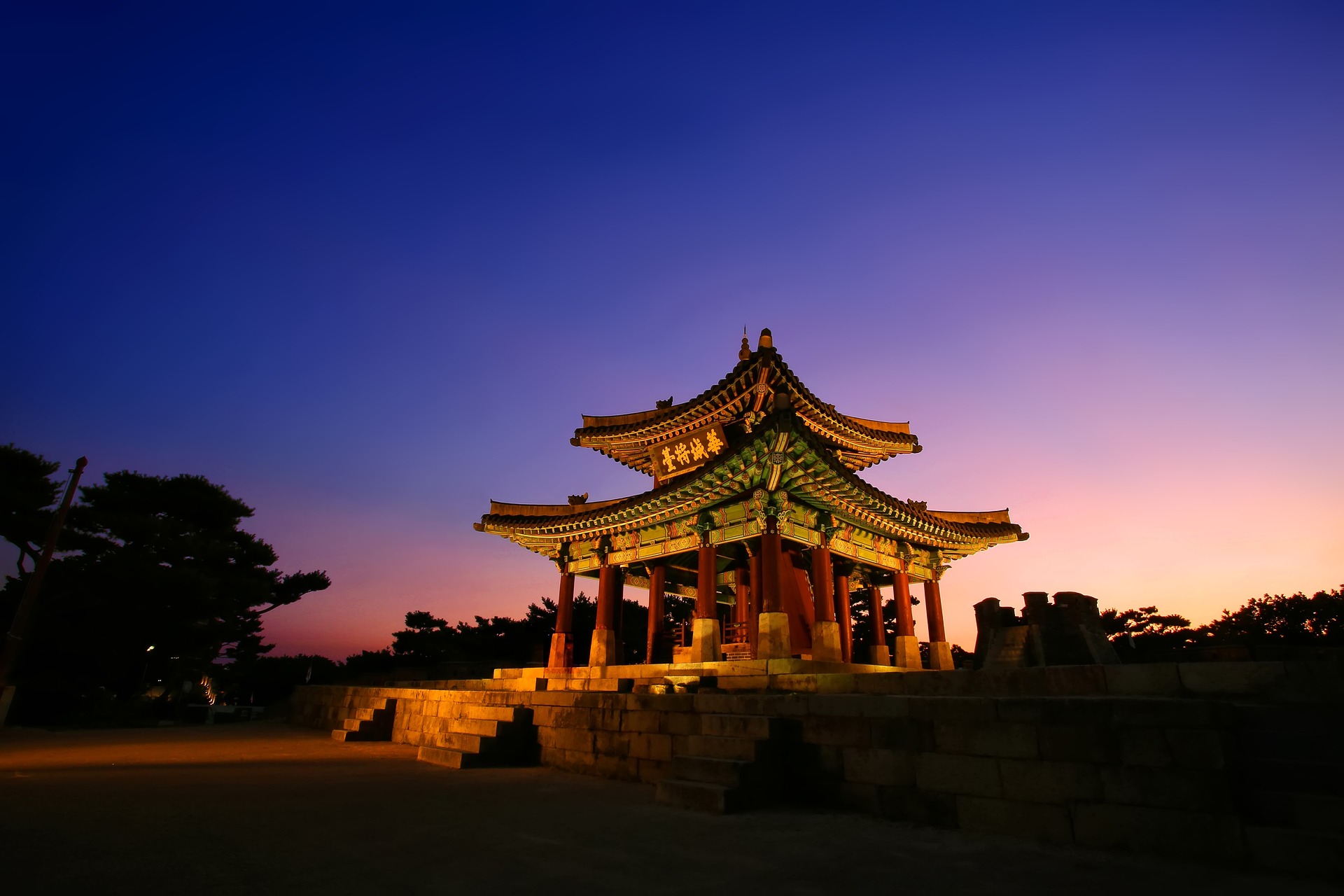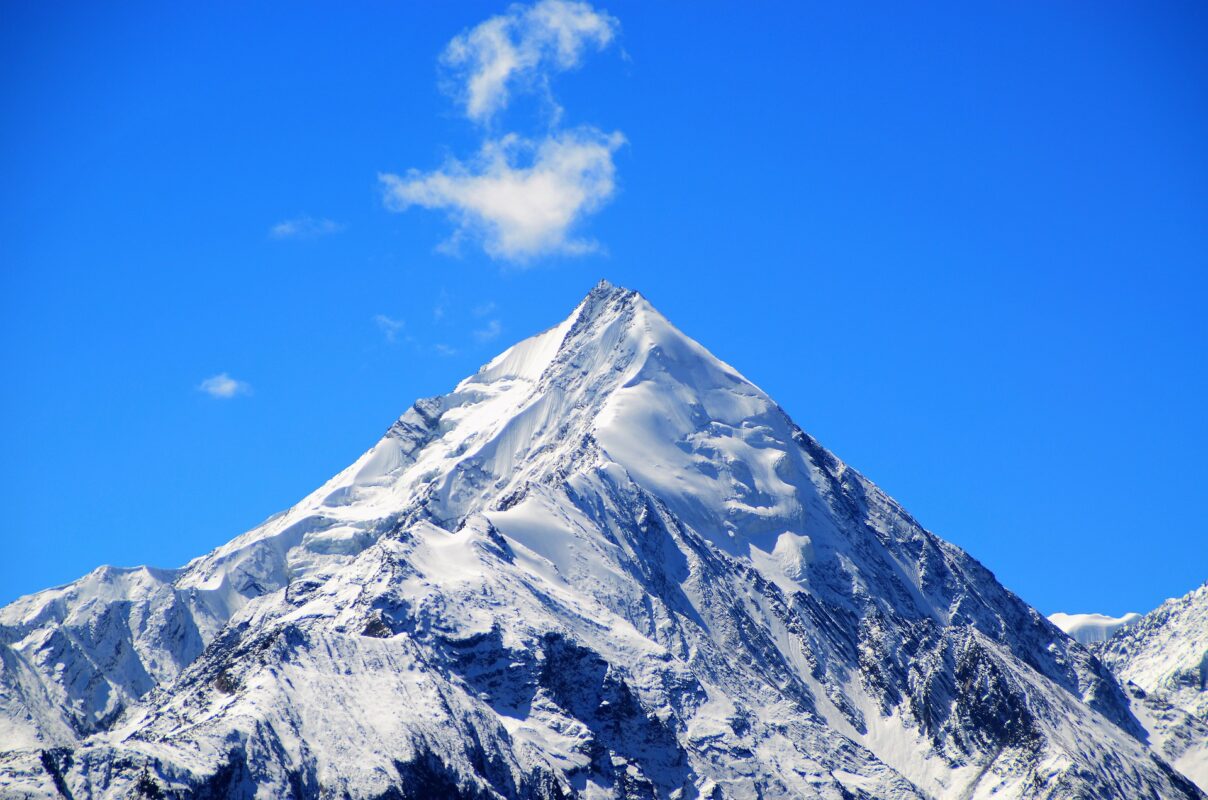
Blog
Cultural Heritage and Climate Change

As we face rising temperatures, shifting weather patterns and all sorts of environmental changes, we’re not just looking at the impact on nature. We also need to consider how these changes affect traditional cultures around the world.
Traditional cultures are fascinating, aren’t they? They encompass the beliefs, customs, and practices that have been passed down through generations. Think about the stories, the art, the rituals, and the unique ways of life that define communities. These cultures are often deeply connected to the environment, drawing from the land, the seasons, and the local ecosystems. But as global warming continues to disrupt these delicate balances, the challenges are mounting.

The Struggles of Traditional Cultures
So, how exactly does global warming impact these traditional cultures? Well, let’s dive into a few of the major issues:
Livelihood Disruptions
Many traditional communities depend on natural resources for their livelihoods. They might rely on fishing, farming, or hunting, all of which are increasingly threatened by climate change. For example, coastal communities that depend on fishing are seeing their fish populations decline due to rising ocean temperatures and pollution. Imagine the frustration of a fisherman who has relied on a particular spot for years, only to find it empty.
The Intergovernmental Panel on Climate Change (IPCC) projects a 20-50% decrease in staple crop yields across southern Africa, a trend that is already visible in Zimbabwe.
This kind of loss is harmful not only to food security but also to the cultural practices and rituals tied to those livelihoods.
Loss of Language and Knowledge
Next did you know the umber of languages around the world is decreasing? This decrease is accelerated by climate change as well, which also results in the loss of culture.
By 2100, UN said, at least 50% of the languages spoken today will either be extinct or critically endangered. Some more pessimistic, yet still plausible, estimates suggest that 90-95% of these languages could face extinction or severe endangerment by the century’s end.
This is not only because of climate change, but also by other reasons, including global integration or something. However, climate change is also accelerating it, like displacing indigenous people with the traditional languages.
Cultural Practices and Rituals
As I briefly mentioned earlier, there are thousands of people that are displaced. Therefore, those ethnic groups are losing their homes, as well as their cultures and traditions.

The villagers of Dhye, a Himalayan community in Nepal situated roughly 12,000 feet above sea level, rely heavily on natural resources for their livelihood. However, climate change has led to rapid glacier melting, leaving their once fertile farmland dry and barren. Then they need to live at lower places, which made it impossible to raise their livestock.
Moreover, can you imagine thanks giving day without turkeys or wine or pumpkin? If climate change goes worse and the crops are damaged, we need to celebrate thanks giving day without those items. What a sad party! Before that happens, we need to stop global warming.

Why is it important to protect the cultural heritage?
Today, a lot of things are changing and developing as fast as we have never experience, and we need to adjust the transition. For example, technology is making our dreams come true and medical level is enough high to rescue tens of times as many people as before, like hundreds of years ago. So, do we really need to pay attention to the ancient culture that much? And do we need to turn attention to the future? Or we have no choice but to move forward in step with the changing times?
Some people might think like this. However, protecting the culture is critical and there are the reasons.
Identity
Cultural heritage strengthens our identity. If we lose and do not have cultural heritage resources, we cannot get knowledge about ourselves, and connections to our families and homes. If we lose them, it becomes difficult to find your place in society and recognize your own value and uniqueness, that are usually shared with others creating foundation for loving cooperatively.
Diversity
“Diversity”, this word is seen as important in an animal world and also like in a company as well. You would know it is often emphasized a various situation, which might have made you sick of hearing that.
Why is it important? Let me explain about it!

Did you know the reason why we could have survived so far, despite many challenges including diseases? The key is the diversity. There are no two people who are genetically 100% identical even twins. If we all are same and one person is attacked and defeated by a disease, all of other species, that is us, will end up following the same fate. But we could have been able to keep our species thanks to our diversity. Therefore, even global integration is proceeding, we cannot lose the diversity.
Conclusion
Now, it is obvious that protecting our traditions and cultures is essential. So, what do we need to do? Going to ice-covered land to help people relocate? Climbing mountains to create living spaces for those who can no longer sustain themselves? It is impossible for almost all of us, right?
However, we can help them indirectly from your home as well. Donating the conservation group or investing in the environmental companies, including helping with carbon credit as well. There are a lot of ways to protect the environment and help the people in threat of climate change. All we need to do is stand up and take action! We, Carbon Da Capo, can also help you anytime!
